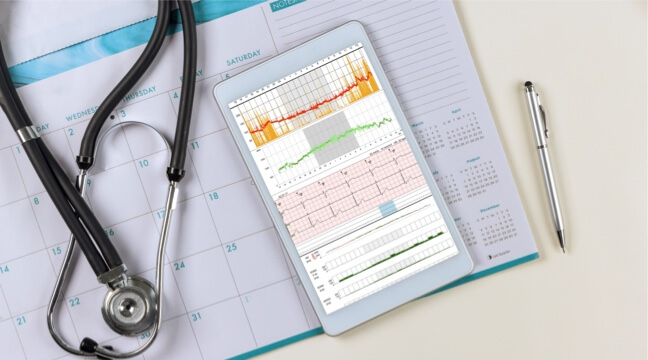Most medical providers need continuing medical education credits each year, and this bundle gives you credits in core subjects. You can refresh or learn Arrhythmia reading skills, learn the basics of Point of Care Echo, and earn up to 4.25 AOA Category 1A or AMA PRA Category 1 Credit.TM
ECGedu.com’s Arrhythmia + Echo CME Bundle gives you access to these courses for 1 year at one low price. Furthermore, you have 1 year to obtain your CME Credits.
Material Included:
- Arrhythmias Made Simple CME Course – A detailed and complete video course that teaches the criteria, and physiology of normal and abnormal heart rhythms. You won’t just memorize abnormalities, but learn how and why they form. Each chapter has a self-assessment quiz. (2.25-Hour Course; Earn 2.25 CME Credits).
- Point of Care Echo CME Course – Learn basic Echocardiography and get 2 Category 1 CME Credits. You will learn about the echo probe, the echo views, the ventricles, the ejection fraction, and the valves. Also are color flow Doppler, pericardial effusions and tamponade, pleural effusions, mass, vegetations, segmental wall abnormalities, the inferior vena cava, and the aorta. The course is set up to be able to figure out normal and abnormal structures and not just memorize a bunch of images. (2-Hour Course; Earn 2 CME Credits).
See each individual course for full details.





